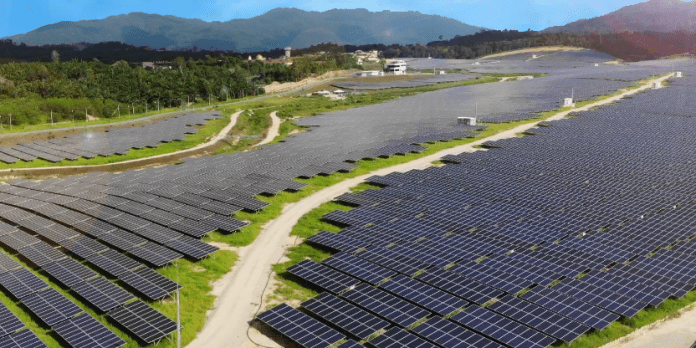Fitch believes the revision up of Malaysia’s 2025 renewable target in the Twelfth Malaysia Plan (12MP) will be
supported by strong solar power growth. The rating house added that the government has positioned the 12MP as means of setting the market on the path toward a low carbon emissions economy.
To this fact, a notable target is for Malaysia to have 31% of total power capacity to come from renewables by 2025 (up from the National Energy Plan’s 20% set in 2018). Noting that the target includes hydropower capacity in the mix, the 1,285MW Baleh Hydroelectic Project, which we expect to come online in 2026, will contribute to this target. Additionally, Fitch expects solar power capacity growth to be stronger than hydropower and be the main driver of Malaysia’s 31% target. Other plans, such as the government noting that it will encourage industries to explore floating solar farms and waste-to-energy projects, though concrete action remains to be seen.
Malaysian Prime Minister Ismail Sabri Yaakob also announced that Malaysia will not construct any new coal
power plants while delivering the 12MP in parliament. This paves the way for non-hydropower renewables to meet an increasing power demand amid retiring thermal power plants.
The recently introduced Green Electricity Tariff (GET) programme will also spur the growth of renewables, as it
gains interest from multinational companies. In November 2021, Malaysia launched its Green Electricity Tariff
programme to replace its current myGreen+ scheme, which was introduced earlier in 2021. The main objective is to
enable consumers to reduce their carbon emissions by purchasing renewable energy. Subscribers will have to pay an
additional 3.70sen/kWh of renewable energy produced and be provided with a Malaysian Renewable Energy Certificate.
The government has set a total of 4,500GWh of renewable electricity to be distributed for the GET programme.
Subscription for this programme started December 1 2021 for electricity supply starting from January 1 2021. As at the time of writing, the scheme has already garnered a commitment from nine companies, including Tenaga Nasional
Berhad, HSBC, Nestlé, and CIMB Bank. Additionally, the Energy Commission, Sustainable Energy Development
Authority (SEDA) and MyPower Corp., all governmental bodies, have committed to purchase their total electricity from the GET programme. We believe that this initiative will set the precedence for more renewable energy generation to come online given the support from private companies.
Fitch’s current forecast for non-hydropower renewables growth remains skewed towards solar power, as it has
yet to notice any strong move by the government to advance biomass and waste growth and introduce wind
power. The house notes that the Malaysian government has issued solar project tenders under the Large Scale Solar
programme (LSS), namely LSS3 in 2020 and LSS4 in 2021. These tenders have been met with much interest despite
being launched during the Covid-19 pandemic.
As of March 2021, the government has shortlisted 30 winning bidders for LSS3 and LSS4 has seen 112 bids for its 20 projects. The house has included LSS3 and LSS4’s expected capacities of 490MW by end-2021 and 823MW by end-2023 in our forecasts. Additionally, the Ministry of Energy and Natural Resources (KeSTA) has introduced the Net Energy Metering (NEM) 3.0 which aims to encourage locals, businesses and government agencies to install solar panels on their property. NEM 3.0 incentivises the adoption of solar panels by allowing participants to offset electricity bills by having them send excess solar power to the grid. This will increase solar growth through decentralised solar panel implementation by at least 500MW, which is the total quota for the scheme.









